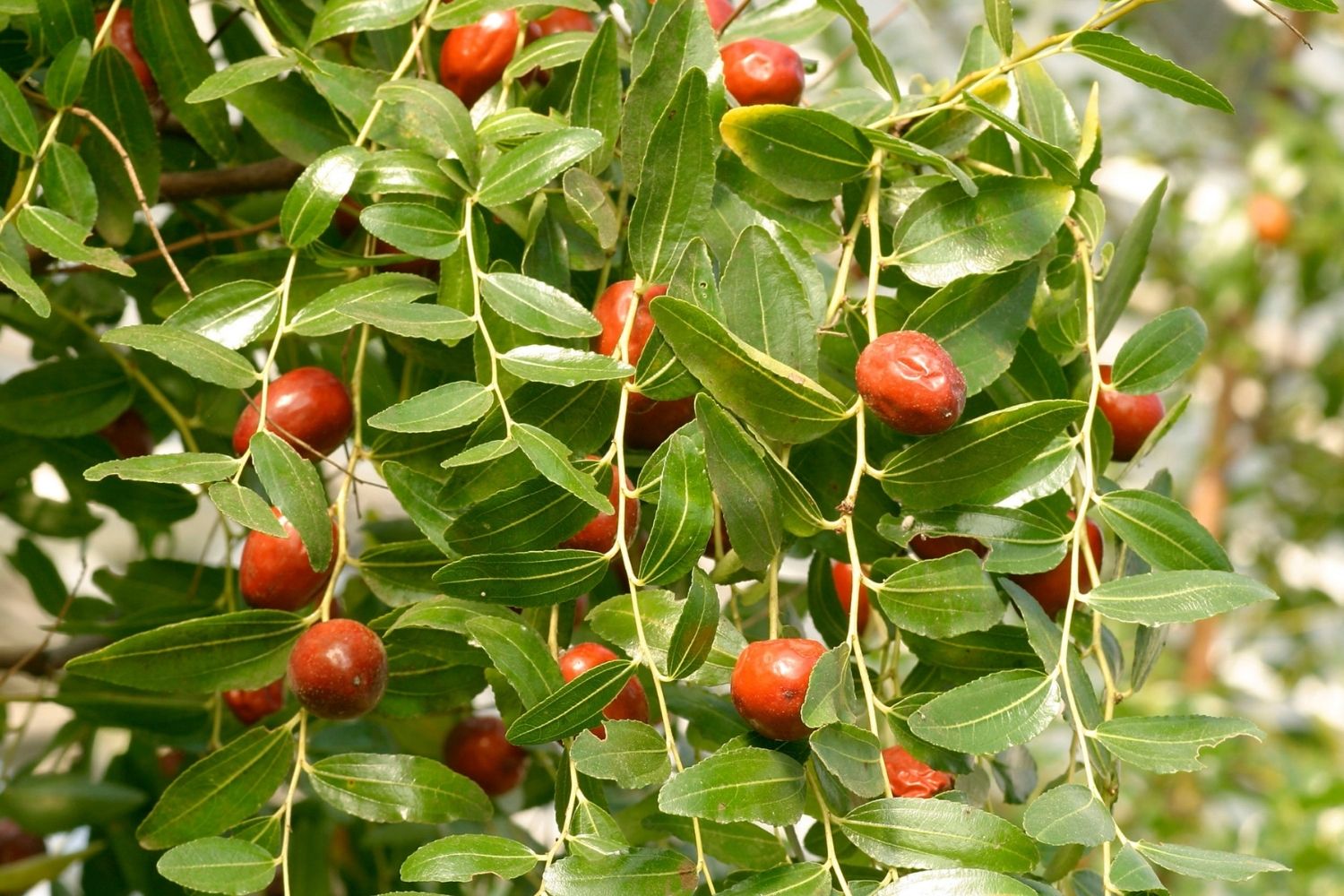
Ziziphus is a fascinating plant genus that includes species like jujube and Indian jujube. These plants are known for their sweet, edible fruits and have been used in traditional medicine for centuries. But what makes Ziziphus truly special? Ziziphus plants are not only resilient, thriving in harsh conditions, but they also offer numerous health benefits. From boosting immunity to aiding digestion, these fruits pack a punch. Did you know that Ziziphus trees can live for over a century? Or that their fruits are rich in vitamins and antioxidants? Ziziphus is more than just a plant; it's a powerhouse of nutrients and history. Ready to learn more? Let's dive into 36 intriguing facts about this remarkable genus.
What is Ziziphus?
Ziziphus is a genus of shrubs and small trees found in warm climates. Known for their medicinal properties and edible fruits, these plants have been used for centuries in various cultures. Let's dive into some fascinating facts about Ziziphus.
Historical Significance
Ziziphus has a rich history that spans continents and cultures. Here are some intriguing historical facts:
- Ziziphus jujuba, commonly known as jujube, has been cultivated in China for over 4,000 years.
- Ancient Egyptians used Ziziphus spina-christi, also known as Christ's Thorn, in their burial rituals.
- The fruit of Ziziphus mauritiana, or Indian jujube, has been mentioned in ancient Indian scriptures.
- In Greek mythology, the lotus tree, believed to be a type of Ziziphus, was said to cause forgetfulness when eaten.
Botanical Characteristics
Ziziphus plants have unique features that make them stand out. Here are some botanical facts:
- Ziziphus trees can grow up to 40 feet tall, depending on the species.
- The leaves are typically shiny and oval-shaped, with a distinctive three-veined pattern.
- Flowers of Ziziphus are small, greenish-yellow, and often grow in clusters.
- The fruit, known as a drupe, can be red, yellow, or brown when ripe.
Medicinal Uses
Ziziphus has been used in traditional medicine for centuries. Here are some medicinal facts:
- The fruit of Ziziphus jujuba is rich in vitamin C and antioxidants.
- Ziziphus leaves have been used to treat insomnia and anxiety in traditional Chinese medicine.
- The bark of Ziziphus mauritiana is used to treat diarrhea and dysentery.
- Ziziphus spina-christi has anti-inflammatory properties and is used to treat skin conditions.
Culinary Uses
Ziziphus fruits are not only nutritious but also delicious. Here are some culinary facts:
- Jujube fruits can be eaten fresh, dried, or candied.
- In India, Ziziphus mauritiana is often used to make pickles and chutneys.
- Ziziphus fruits are used to make a traditional Chinese tea known as "da zao cha."
- In the Middle East, Ziziphus fruits are used to make a sweet syrup called "nabeez."
Ecological Importance
Ziziphus plants play a vital role in their ecosystems. Here are some ecological facts:
- Ziziphus trees provide habitat and food for various bird species.
- The flowers are a source of nectar for bees and other pollinators.
- Ziziphus roots help prevent soil erosion in arid regions.
- The dense foliage of Ziziphus trees provides shade and shelter for smaller plants and animals.
Cultural Significance
Ziziphus holds a special place in various cultures around the world. Here are some cultural facts:
- In China, jujube is considered a symbol of fertility and is often given as a wedding gift.
- Ziziphus spina-christi is believed to be the tree from which Christ's crown of thorns was made.
- In India, Ziziphus mauritiana is associated with the goddess Durga.
- In the Middle East, Ziziphus fruits are often given as gifts during religious festivals.
Economic Importance
Ziziphus has significant economic value in many regions. Here are some economic facts:
- Jujube farming is a major industry in China, with over 700,000 hectares dedicated to its cultivation.
- In India, Ziziphus mauritiana is grown on over 1.5 million hectares.
- The global market for jujube products is estimated to be worth over $1 billion.
- Ziziphus wood is used to make furniture, tools, and musical instruments.
Interesting Tidbits
Here are some fun and lesser-known facts about Ziziphus:
- Jujube fruits are sometimes called "Chinese dates" due to their similar appearance and taste.
- Ziziphus trees can live for over 100 years.
- The fruit of Ziziphus jujuba is often used in traditional Chinese medicine to improve sleep quality.
- Ziziphus mauritiana is sometimes called "Indian plum" or "ber."
- In some cultures, Ziziphus leaves are used to make a natural shampoo.
- Ziziphus fruits are high in fiber, making them a healthy snack option.
- The seeds of Ziziphus jujuba are used in traditional Korean medicine to treat digestive issues.
- Ziziphus trees are drought-resistant, making them ideal for cultivation in arid regions.
The Final Word on Ziziphus
Ziziphus is more than just a plant. It’s packed with nutrients, has medicinal properties, and even holds a place in mythology. From its antioxidant-rich fruits to its stress-relieving leaves, Ziziphus offers a lot. Farmers love it for its drought resistance and soil improvement abilities. It’s also a hit in the kitchen, adding a unique flavor to various dishes.
Whether you’re into gardening, health, or culinary adventures, Ziziphus has something to offer. Its versatility and benefits make it a plant worth knowing. So next time you see a Ziziphus tree, remember all the amazing facts you’ve learned. It’s not just a tree; it’s a treasure trove of goodness.
Was this page helpful?
Our commitment to delivering trustworthy and engaging content is at the heart of what we do. Each fact on our site is contributed by real users like you, bringing a wealth of diverse insights and information. To ensure the highest standards of accuracy and reliability, our dedicated editors meticulously review each submission. This process guarantees that the facts we share are not only fascinating but also credible. Trust in our commitment to quality and authenticity as you explore and learn with us.
